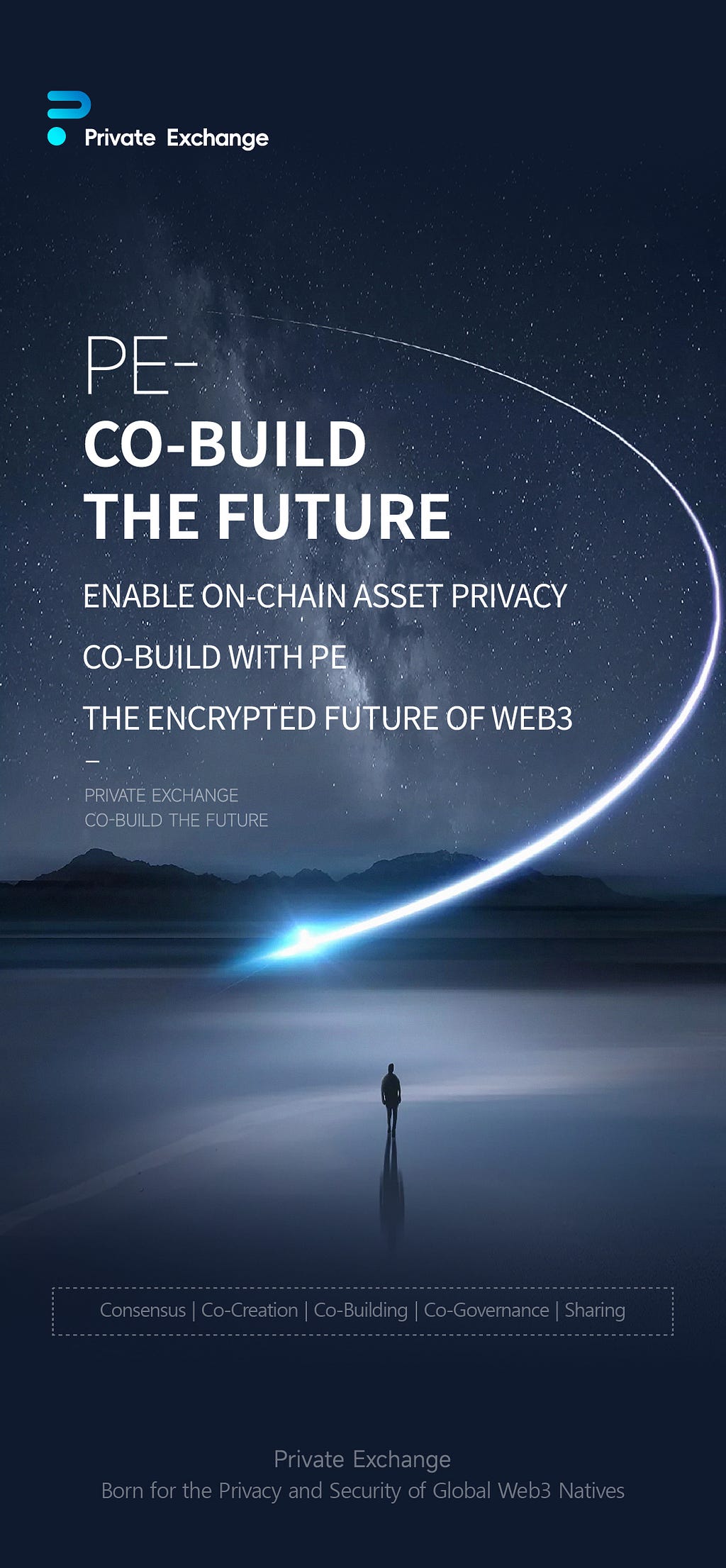PE Builds the Future: Three Pillars of a Decentralized Web3 Sovereign Infrastructure
 An Evolving Ecosystem
An Evolving EcosystemWe must confront a sober reality: a global reconfiguration of digital finance is already underway. In this new world where U.S. dollar–backed stablecoins are legalized, how does one survive? Under the dual pressures of traditional capital and centralized authority, how does one grow? Every mature ecosystem evolves — from an early phase of unrestrained growth to a stable form characterized by complex structures and specialized functions. Web3 now finds itself at this critical evolutionary juncture.
The early focus on “asset creation” and “property rights” has been largely achieved. The next stage is clear: how to manage, safeguard, and optimize the risks and liquidity of those assets. This is not a repudiation of the past, but a foundation for the future.
I. Markers of a Mature Market: Risk Isolation and Liquidity OptimizationIn traditional financial markets, core infrastructure extends well beyond trading. It encompasses deep mechanisms for risk management and liquidity optimization.
Today’s Web3 pain point — asset freezes caused by “contagion risk” — lays bare the absence of such foundational infrastructure. This is not the result of malice but an inevitable shortcoming in the growth path of an emerging sector.
The numbers speak for themselves: $4.7 billion in frozen assets in a single year, affecting 35% of users. These figures should not be misread as “proof of persecution,” but rather as a loud signal of market demand for next-generation infrastructure.
II. The Tides of History: Stablecoin Legalization and the Web3 Entrepreneurial WaveThe passage of the 2025 Stablecoin Act is not an isolated event. It represents an “upward migration” of U.S. dollar hegemony — from the physical realm into the digital domain. Deeply bound to U.S. Treasuries, this shift effectively anchors global digital finance to the credit of the United States.
The implications are stark:
“Currency without sovereignty” becomes reality. On-chain, no national currency can compete with the digital dollar.
Traditional banking’s core functions — storage and transfer — are shattered.
The paradox of “everyone is their own bank.” What appears as financial autonomy risks becoming seamless integration into a more powerful, omnipresent U.S. dollar system.
This tide will drive unprecedented growth in on-chain activity. Yet it also ensures that every transaction is exposed on the transparent rails of the digital dollar. “Contagion freezes” will no longer be a rare hazard, but a sword of Damocles hanging over every participant. Privacy for personal digital assets becomes a survival necessity under the new dollar hegemony.
New rules follow legalization: not just greater legitimacy, but more stringent and complex requirements. In this framework, “verifiable compliance” becomes indispensable. Transparency alone is insufficient — what matters is the ability to prove.
This opens historic opportunities for infrastructure capable of providing risk isolation and proof of asset integrity. Such systems will serve as the critical bridge between DeFi’s raw energy and TradFi’s disciplined frameworks.
III. From Individual Preference to Systemic RequirementThe demand for personal digital asset privacy has already surpassed individual choice. It has become a system-level requirement for Web3 to reach mass adoption.
For institutions: Without reliable risk-isolation layers, large pools of institutional capital will never fully enter the on-chain economy.
For developers: Without ready-made compliance tools, innovation will remain trapped in a cycle of regulatory firefighting instead of value creation.
For ordinary users: Without protection from arbitrary freezes, Web3 will remain a high-risk adventure park — never a stable financial option for everyday life.
IV. PE-DAO: Building the Next Step of EvolutionThe creation of PE-DAO stems from a recognition of this historic trajectory. Its aim is not confrontation, but construction.
Its Role: To provide the missing “risk clearing and settlement” layer of Web3 — an essential piece of the ecosystem’s evolution.
Its Method: Through decentralized DAO governance, ensuring that this critical infrastructure is community-owned and community-directed, aligned with the collective interest rather than any single party’s privilege.
Its Vision: By resolving the core pain point of contagion risk, to unlock the next wave of Web3 growth — one driven by institutional participation and large-scale applications.
This is not about guarding shadows. It is about safeguarding innovation’s spark and building the platform for growth.
Building the Promised LandSatoshi Nakamoto’s vision was never a static endpoint, but a dynamic beginning. He charted the course toward a new financial continent. The task of constructing its cities, frameworks, and safeguards falls to us.
PE-DAO — and the privacy infrastructure it represents — are indispensable in this process. They are not about destroying the old order, but about laying the firmest foundation for the new world we believe must exist.
We are not defending a past that has already eroded. We are building a future that always should have been.
The Inevitable Evolution: Privacy Infrastructure and the Key to Web3 Mass Adoption was originally published in Coinmonks on Medium, where people are continuing the conversation by highlighting and responding to this story.
